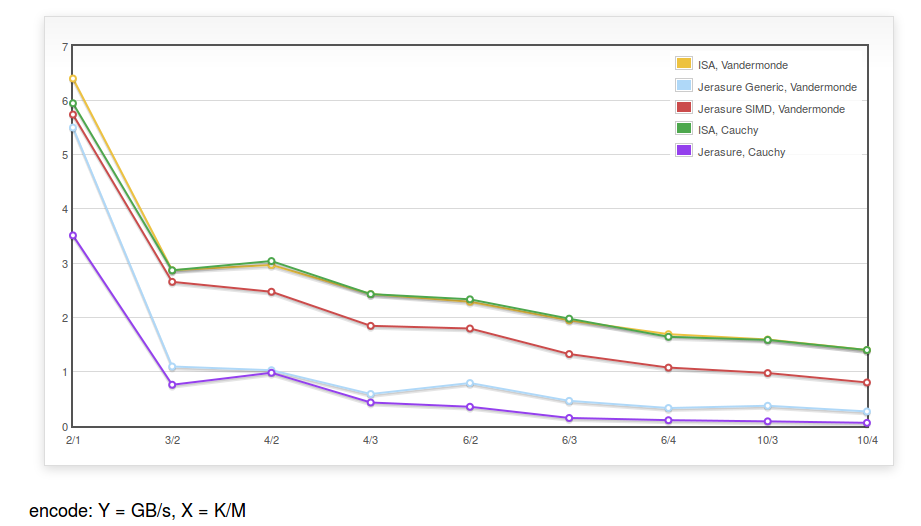The python-openstackclient library has an example that provides the basic structure for a new command (the auth_url problem workaround may be needed). To create a virtual machine with 1GB RAM, 1CPU, ubuntu-14.04, using the teuthology keypair on the fsf-lan network, the matching flavor, image, keypair and network objects can be found with:
for flavor in client_manager.compute.flavors.list():
if flavor.ram == 1024 and flavor.vcpus == 1:
break
for network in client_manager.compute.networks.list():
if network.label == 'fsf-lan':
break
for image in client_manager.compute.images.list():
if 'ubuntu' in image.name and '14.04' in image.name:
break
for keypair in client_manager.compute.keypairs.list():
if keypair.name == 'teuthology':
break
The test instance can then be created
server = client_manager.compute.servers.create('test',
image, flavor,
key_name=keypair.name,
nics=[{'net-id': network.id}])
but it won’t be immediately active and the wait_for_status can be used to block until it is:
from openstackclient.common import utils
...
utils.wait_for_status(
client_manager.compute.servers.get,
server.id)
Deleting the instance is simpler:
client_manager.compute.servers.delete(server.id)
utils.wait_for_delete(client_manager.compute.servers.get, server.id)
See create-delete.py for a standalone script including the above lines that can be run as:
$ python create-server.py --help
usage: create-server.py [-h] [--os-compute-api-version ]
...
$ python create-server.py
FLAVOR: {'name': u'm1.small', ...
NETWORK: {'cidr_v6': None, 'dns2': None, 'dns1': None, 'netmask': None, 'label': u'fsf-lan',...
IMAGE: {'status': u'ACTIVE', 'updated': u'2014-05-19T11:43:00Z', 'name': u'ubuntu-trusty-14.04',...
KEYPAIR: {'public_key': u'ssh-rsa AAAAB3...
Continue reading “create / delete an OpenStack instance with python-openstackclient”



